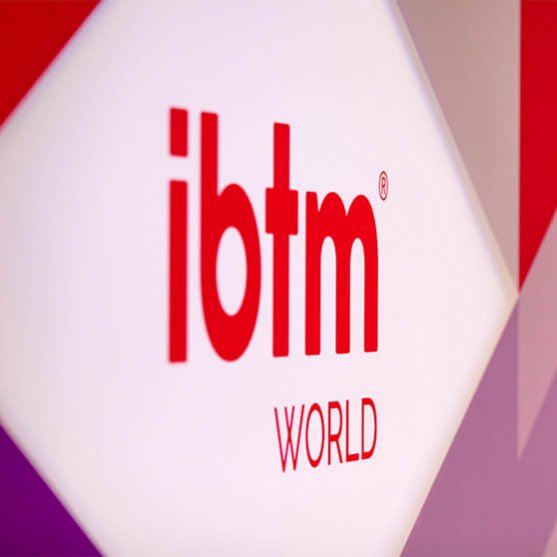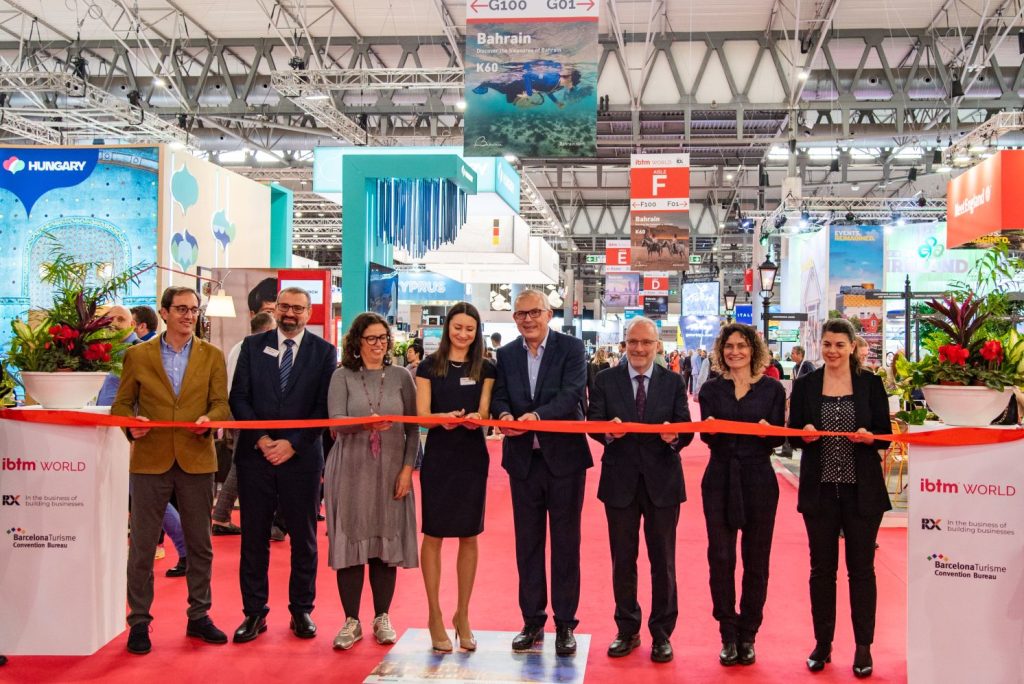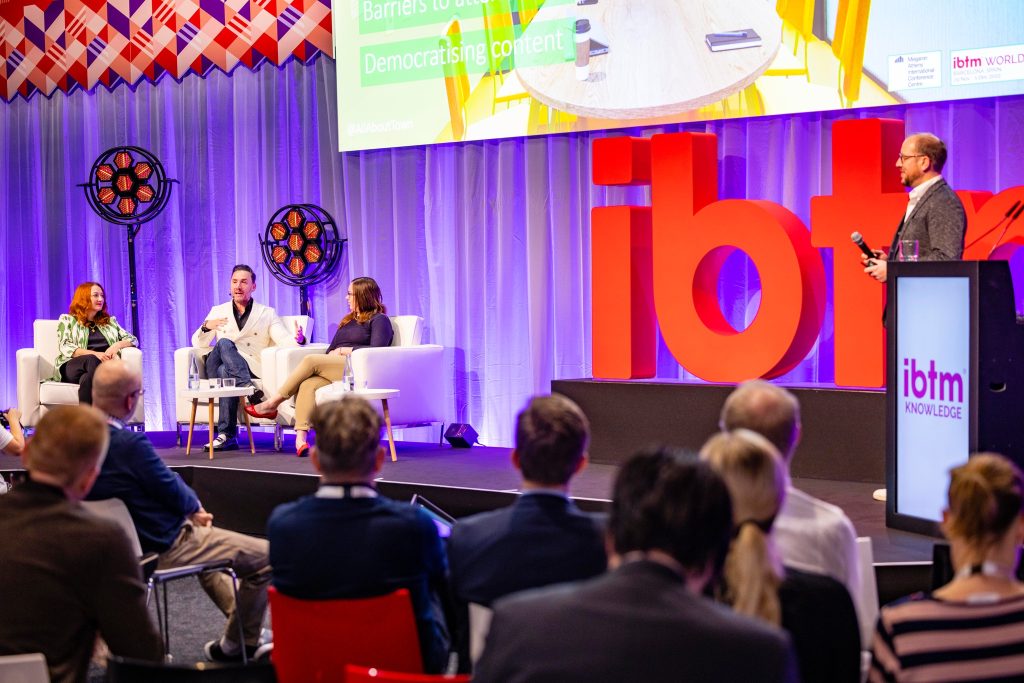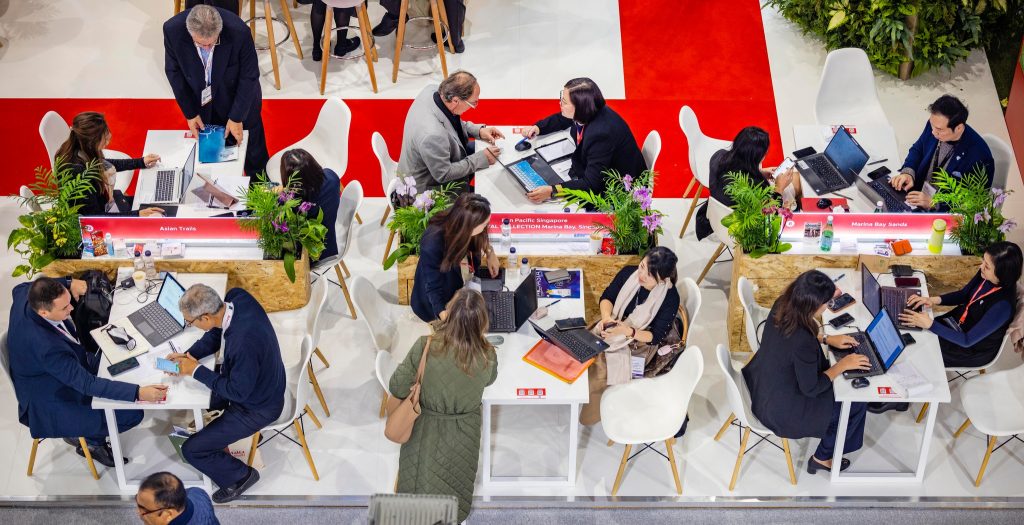A highly resilient industry, and a positive outlook, says the ibtm world Trends Watch Report 2017
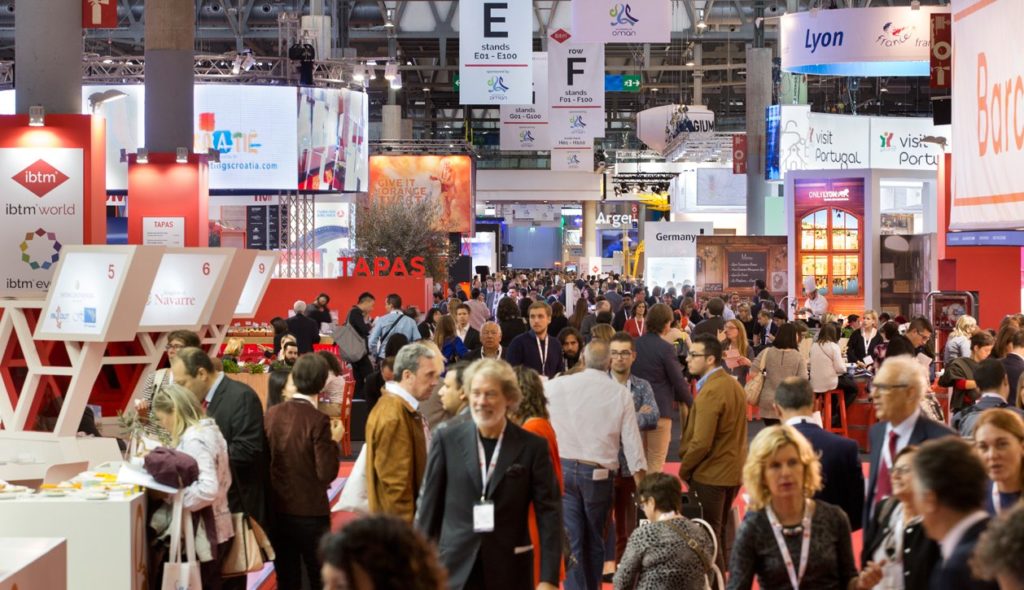
Share news
Listen
Positive economy. The crisis is behind us. The IMF expects the acceleration that began in 2016 to continue into 2018, with a world growth of 3.6% in 2018. The US economy will continue to grow, although policy changes and business confidence could undermine this progress. Japan is surprisingly positive thanks to strong exports. Some euro countries, such as Germany and Spain are strong as a result of strong domestic demand, and The Economist revised its projection for Eurozone growth, up to 1.9%, its strongest since 2010. China’s growth also remains strong, with 6.5% foreseen for 2017. Activity has slowed in India because of the currency exchange initiative, and in Brazil, mired in recession.
Questions around stability are not going away. The instability around the US, North Korea, Russia and China has repercussions for the rest of the world and the recent fall in business confidence in the US will have implications for other markets. Besides, economists are wary of a new bubble. However all this doesn’t dent optimism: instability is the ‘new normal’ and business and industry are both proving more resilient. Business has learnt that it cannot wait forever for a calmer period.
Remember we live in a cyclical economy and we should all know the economy will slow down in a near future. The EIU predicted that the US economy will continue to grow quickly into 2019, but warned the possibility of a business-cycle turndown in 2020. For now, though, 2018 is still positive.
Strong economy: according to the IMF, World economic growth will rise from 3.2% in 2016 to 3.6% in 2017
Congresses
This sector remains robust, driven by several trends of sharing knowledge. Association meetings are complemented by STEM meetings (science, technology, engineering, and maths, events created by scientists, doctors and academics in partnership with ‘smart’ destinations), generating more activity. The congress activity also benefits from new industries, from FinTech to digital innovation, which establish communities, associations, and corporates all looking to meet. Also, ICCA’s Statistics Report 2016 reports a growth in online discussions migrating to face-to face interactions, and even corporate events evolving into gatherings of suppliers, clients, partners, investors, users, and academics; blurring the lines between the for-profit and not for-profit.
Sure, medical congresses still struggle with ever-stricter compliance rules, and changing funding models may limit corporate involvement in buying delegate tickets, so be ready for more years of challenges. But the numbers are still positive: ICCA points to association meetings more than doubling over the last decade. Also, the authors of the report highlight “the dynamism and sophistication of associations and organisers” in an industry eager to use meetings in more interesting ways, from technology to new formats and business models”. Openness to change and improve formats is also fuelling this sector.
Incentive travel is definitely back!
Incentive travel is back, benefitting from the good general economic health. Business is committed to ‘incentivising’ staff and stakeholders, making the incentive market more robust. Half of the incentive buyers interviewed by SITE report a budget increase their, and the Incentive Research Foundation Outlook sees budgets up to an average per-person spend of $3,915 (+4%).
Budgets are rising, but costs as well, with an IRF report showing 60% of respondents reporting costs rising faster than budgets, due to add-ons, from wellness (38%), all-inclusive pricing (35%), F&B (25%) and rooms (25%).
The report also highlights a higher confidence in the value of incentives, thanks to a growing sophistication of incentive travel organisers in creating meaningful experiences and demonstrating the benefit to business.
The booming region is, unsurprisingly, Asia: SITE predicts there a market growth of 12-13% over the next six months. One reason is a booming Chinese economy, generating large incentive programmes around the region. Also, cultural attitudes towards rewards make India an exciting prospect.
The IRF sees budgets up to an average per-person spend of $3,915 (+4%)
Overall, the report highlights the resilience of the industry. Uncertainty has been replaced by confidence, and despite extreme challenges, the industry is emerging as a responsible, positive and secure one. Instability has become the new normal, and businesses are carrying on regardless, and that means investment in staff, communication, knowledge, intelligence and relationships. An event is the sign of an organisation that communicates, shows dynamism and agility while others hesitate.
Lastly, this industry seems to be taking on its responsibility in the world. In a ‘protectionist’ world, business is advocating collaboration and stronger ‘global economic integration’. Keep meeting!


